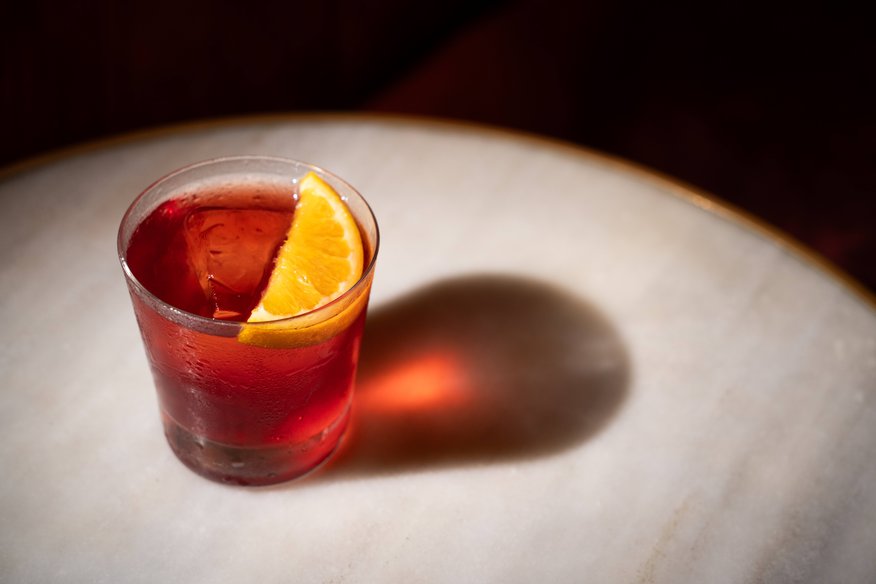


You always recall your first Negroni. Strong, sweet, bitter, this cocktail might taste complex but is deceptively simple – unlike its origins.
The Negroni's most popular tale of provenance transports us to the 1920s, when Count Camillo Negroni, an Italian based in London (whose status as a Count is questionable) strolls into the Café Casoni in Florence. He asks for his regular ‘Milano-Torino’, a heady concoction of Campari, sweet vermouth and soda that we now call the ‘Americano’. Then requests an extra punch. Enter Forsco Scarselli, his friendly bartender who, legend has it, swaps the soda spritz for gin to deliver the requested kick. Grazie Mille! And a classic was born. Or so the story goes. Naysayers claim the Italian apéritif was actually the creation of a Frenchman stationed in Senegal in the mid-1800s. Santé!
Heritage aside, by the mid-noughties, the Negroni had achieved cult status with copious variations worldwide. Today, there’s even a version with Prosecco called the ‘Sbagliato’, which means ‘wrong’. (The Count’s possible verdict from the grave?)
Also wrong: operating heavy machinery after a few too many! The traditional Negroni’s punch could make a Count forget how to count, while the Fino Negroni is more mellow. Staying true to the bittersweet combination of Campari and vermouth, this riff on the classic replaces gin with a healthy measure of Fino. A splash of Cream Sherry, as a finishing flourish, doubles down on the sherry good vibes.
To pay homage to its Mediterranean roots, pair the Fino Negroni’s distinctive nutty character with a Margarita pizza, a charcuterie board or simply spicy chorizo. Sip slowly. Perhaps have another. Then, cease counting – it’s what the Count would have wanted.
Say Salud! to a cocktail inspired by an icon and refined by Fino.
Stir and pour over ice in a rocks glass.
Garnish with a slice of orange and orange blossom spray.

It is an ideal aperitif wine and goes well with all types of tapa, especially olives, nuts and Iberian cured ham.
Also providing the perfect companion for shellfish and fish, especially those with a marked salty taste (anchovies) or even raw (sashimi).
Its low acetic acid content combines exceptionally well with dishes of marked acidity (vinaigrette salads, marinades, etc.) as well as with cold soups (gazpacho, ajo blanco, etc.).
Use an ice bucket with both ice and water to serve chilled between 6º & 8º C.
It adapts perfectly to a diverse range of salty and intense flavours.
In traditional wide-rimmed catavinos, or in white wine glasses.
Fino